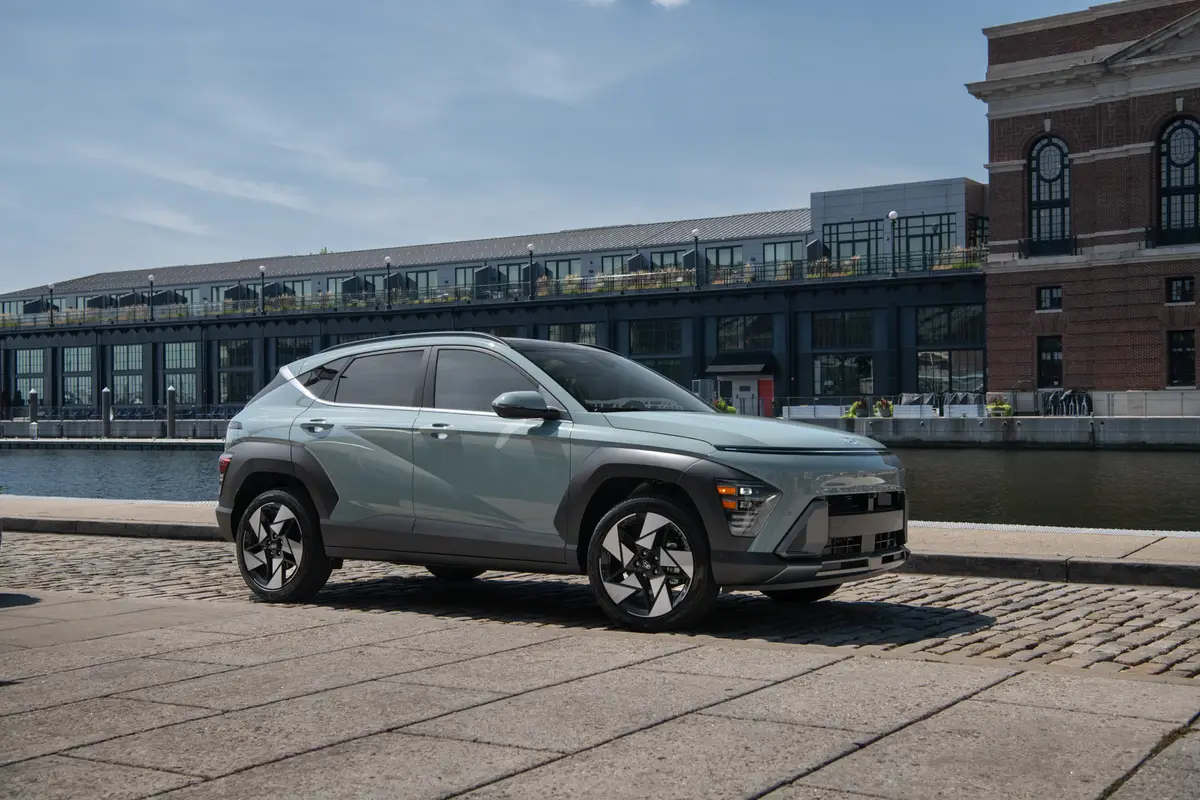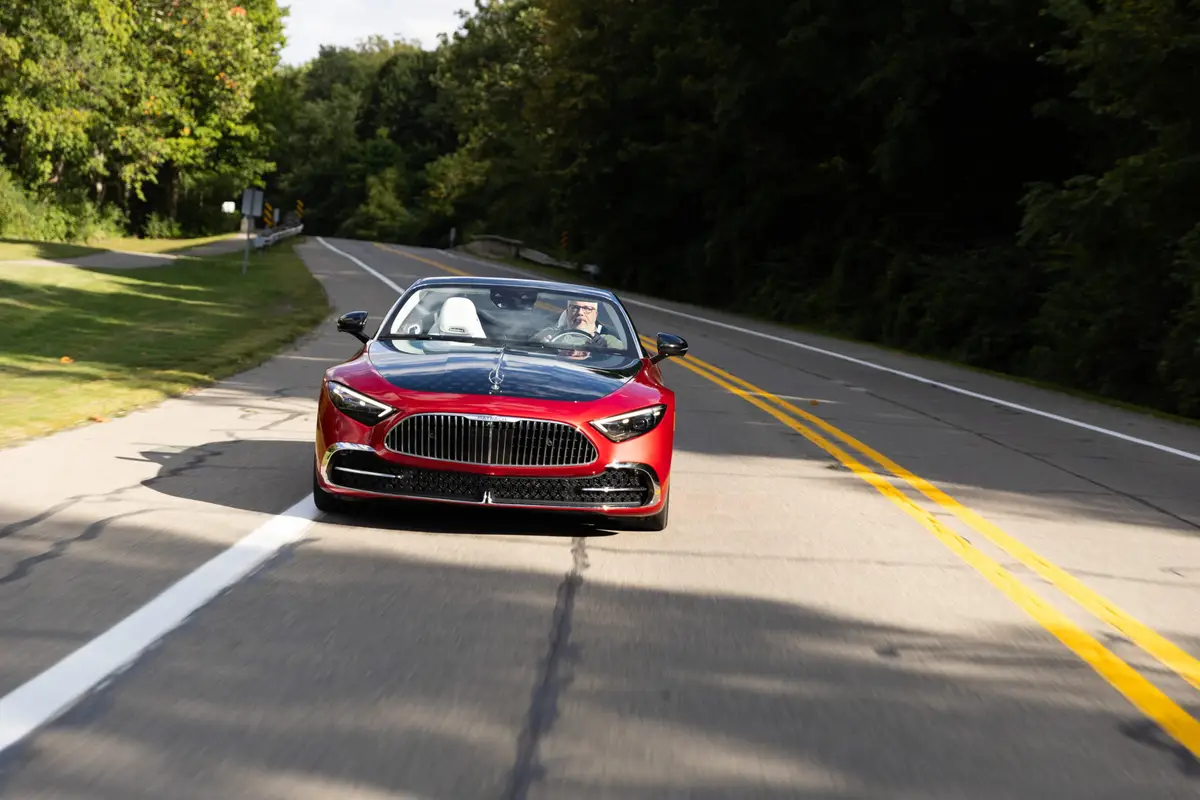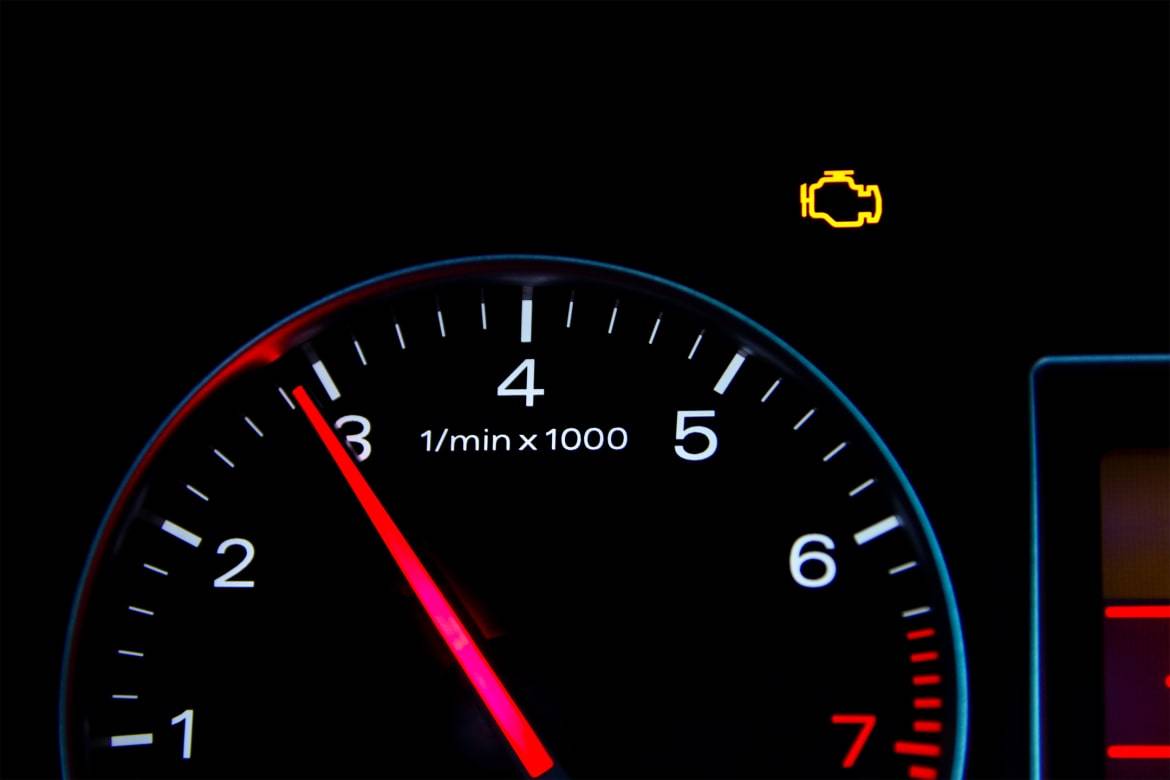The Morning Call and Mcall.com's view
The big bird at Pontiac is, of course the Firebird. There is, though, another bird in this GM division, the Sunbird. It might not be getting the glory of the Firebird but it certainly gets the sales.
This popular subcompact was designed to compete against small domestic and imported sedans and sports coupes and it certainly is doing a good job doing it. It sells so well, Pontiac doesn’t go too much out of its way to publicize it. Finding an ad on this bird is indeed a rare sighting.
Why is it so popular? There’s a number of reasons including sporty styling, a fair amount of comfort and very decent performance and fuel mileage. No doubt leading the list, however, is the value per dollar the car offers. And this, along with other reasons, makes it a very popular car with women, who, much more than men, tend to buy cars with their head and not their heart.
The test car, an LE sport coupe supplied by Knopf Pontiac, 3401 Lehigh St., Allentown, proved to be an easy-to-take car. The LE is actually the base model in the lineup; the SE is a step above it and the GT a step above both. Despite being on the bottom of the totem pole, the Pontiac LE Sunbird does not look or act like an economy car.
Although the ’89 Sunbird LE is similar to the ’88 version, there have been a number of changes. The most obvious is the completely restyled front end including new lower hood and fender profiles, fascia, grille, front and side market lamps and new composite headlamps. The overall effect is a sleeker, sportier look somewhat on the scale of the more expensive Pontiac Grand Prix.
New features include deflected-disc front struts for improved handling, redesigned instrument panel, Grand Prix-styled steering wheel, redesigned console and parking brake lever and three-point rear seat and shoulder belts. Also, all models feature plastisol protection against nicks for lower body paint and clear coat paint.
Basic dimensions include a wheelbase length of 101.2 inches, overall length of 178.2 inches, width of 65 inches, height of 50 inches and curb weight of 2,418 pounds. The EPA index is 97 cubic feet (84 passenger compartment and 13 cargo) which places the car in the subcompact category (85 to 99 cubic feet).
Front seating room is decent and the cloth-covered bucket seats are fairly comfortable. Rear seat leg room, as with all subcompact coupes, is somewhat limited but perfectly fine for several small children or large groups of teenagers. The trunk is relatively large for a subcompact.
The Sunbird is an easy car to drive and even more so if equipped like the test car with an automatic transmission. Steering is tight, though not sensitive, and all you really have to do is to place it in gear and head it in the general direction. The test car had the optional ”rally” instrumentation, which, besides giving a driver something to look at, adds a sportier look to the das h. The package does not go as far as adding a tachometer, but who said you can have everything?
The suspension features MacPherson struts and stabilizer bar up front and coil springs, semi-independent torsion beam and trailing arms in the rear. The rack-and-pinion steering system goes from lock-to-lock in 2.88 turns. This is the basic chassis set-up and it seems to work just fine.
Handling is surprisingly good (for the base and not the more sporty optional suspension) and this probably could be attributed more to the tires than anything else. The standard tires are P185/80R13s mounted on 13-inch steel wheels. The test car had the optional 195/70R14 tires mounted on 14-inch aluminum wheels. In addition to looking a little meaner, the larger wheels should also improve traction.
Supplying the juice for the Sunbird is a 2-liter/121-cubic-inch four- cylinder engine. It features an overhead camshaft and electronic throttle body fuel injection. This is not th old two-liter of several years ago but rather a punched-out version of the 1.8-liter, considered by many a much better engine.
But regardless of the bloodline, the Sunbird engine produces 96 horsepower at 4,800 rpm and 118 foot pounds torque at 3,600 rpm. Performance isn’t breathtaking but probably better than most people would expect. Hold it to the floor, let the automatic do the thinking and the LE will go from 0-60 mph in about 11 seconds.
The standard five-speed manual transmission might be a little more versatile under certain conditions and provide better highway mileage, but the three-speed automatic is obviously easier to use. And although it has a lock- up torque converter, it is hardly noticeable. (No searching or locking up and locking out.)
The engine/transmission combination also proved to be easy on fuel. The test car averaged 21 miles per gallon for city driving and 30 mpg over the highway. All on unleaded regular.
For those who are more adventurous and want more performance, check out the GT with its two-liter turbocharged engine (or the SE with the optional turbo powerplant). This engine is rated at an impressive 165 horsepower at 5,500 rpm and 175 foot pounds torque at 4,000 rpm. Performance is sizzling. But, then, so is the insurance.
Base price for the LE is $8,849, not really a sticker shocker in this day and age. Standard equipment includes an above poverty level of trim and appointments and power brakes and AM-FM stereo with seek and scan. Full price on the test car, including a destination charge of $425, came to $10,812.
Options included the value option package (14-inch aluminum wheels, P195/ 70R14 tires, cassette player and gauge package), $520; option package number 1 (tinted glass, power steering, sport mirrors), $383; rear window defogger, $145; automatic transmission, $415, and air conditioning, $675.
The Sunbird is protected by a 12-month/12,000-mile basic car warranty; a 6-year/60,000-mile powertrain warranty, and a 6-year/100,000-mile outer body rust-through warranty.
Latest news



